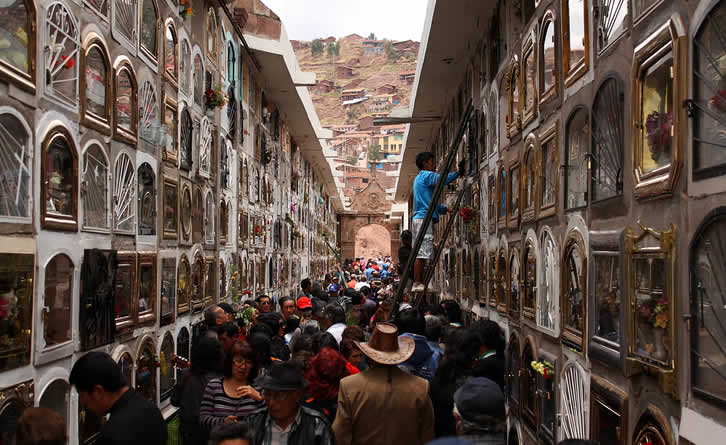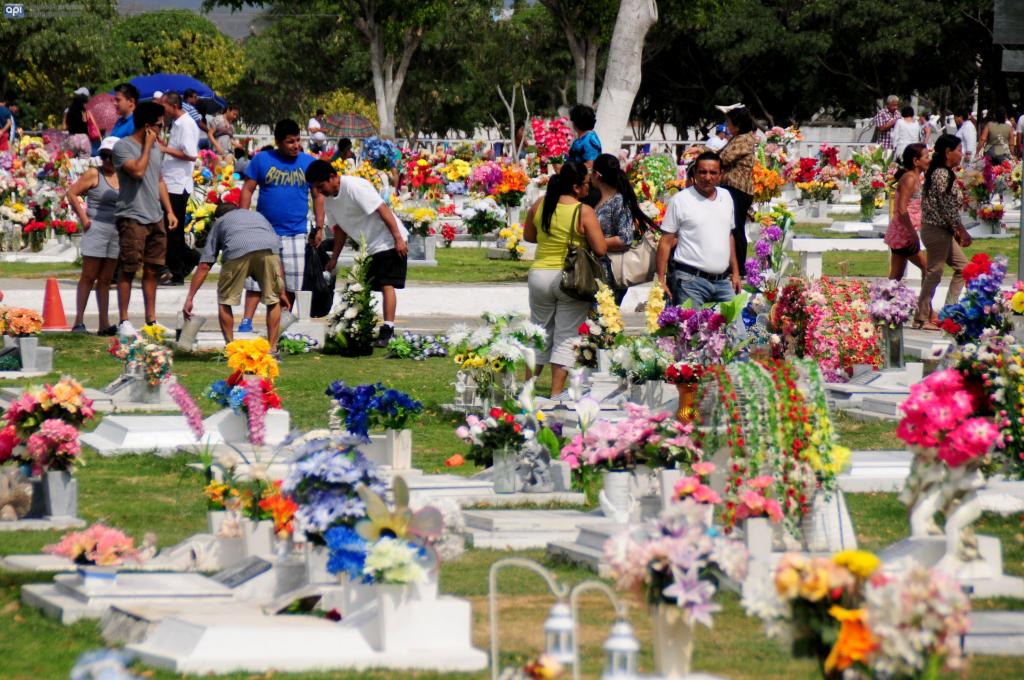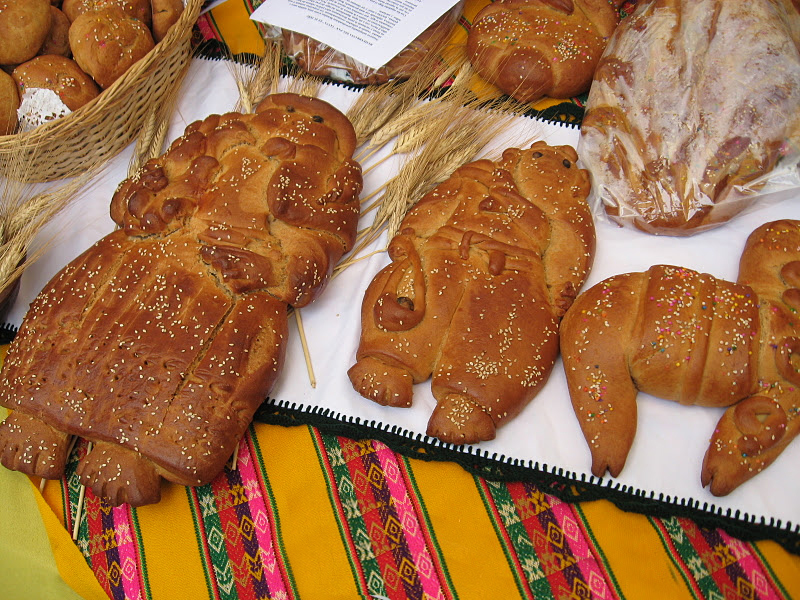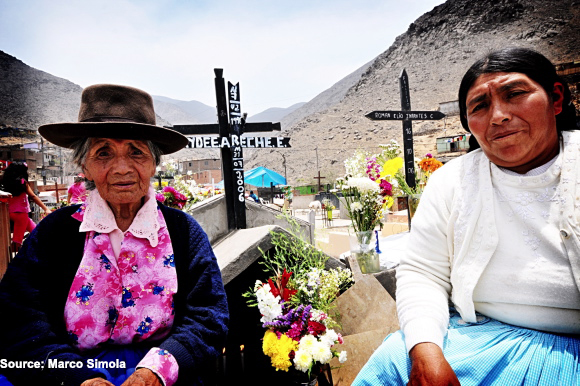02/11/2018
Every year, Dia de los Muertos, ‘The Day of the Dead’, is celebrated throughout the Americas, including Mexico and Peru, and even in parts of Europe and Australasia. During the holiday, family and friends gather to pray for and pay remembrance to family members and loved ones who have passed away, and to help support their journey in the spiritual realm.
The modern-day celebrations in Mexico and across the world for Dia de los Muertos have developed from passed-down traditions from ancient civilisations where rituals paying tribute to dead ancestors had been observed for as long as 3,000 years. In 2008, this custom of paying tribute to the dead was inscribed in the Representative List of the Intangible Cultural Heritage of Humanity by UNESCO. Prior to Spanish colonisation, the celebration would take place at the beginning of summer, but it gradually became associated with 31st October, 1st November and 2nd November to coincide with the Western Christian holiday of Allhallowtide – which includes All Saints’ Eve (Halloween), All Saints’ Day and All Souls’ Day.

Today, the celebrations are not limited to Mexico alone. The activities and knowledge of the holiday have spread throughout the world, and have been adopted into other practices worldwide which honour the dead. In Europe, tributes are paid in Prague following a cultural initiative from the Mexican Embassy in the Czech Republic, and even in major cities in Australia, Fiji, Indonesia and New Zealand. In the Americas, the holiday is celebrated in Belize, Bolivia, Brazil, Guatemala, Ecuador, the United States, and of course, Peru.
In Peru, families visit the cemeteries where their loved ones are buried, bringing flowers to decorate their graves, while other people play music as a gesture of love for their passed relatives. Known as ‘Dia de los Difuntos’ (Day of the Deceased), there are some customs which are practised only in Peru for the holiday. In rural communities throughout the country, families often share a meal at the graveside of their deceased relatives before leaving an offering of food for them.

In cities families tend to gather at home, followed by a visit to the cemetery to leave food and flowers for their loved ones. It is thought that by holding candlelit vigils in the cemetery, the souls are encouraged to visit and hear the prayers from their loved ones in the living world. Though gathering in cemeteries may seem eerie to some, in reality, Dia de los Difuntos is a joyous holiday filled with merriment and laughter, celebrating the lives lived by relatives and ancestors.
Traditional foods of the holiday are tantawawa, which are dolls constructed of bread, adorned with decorations; and lechon, a type of roast suckling pig. On All Saints Day, Peruvians bakers also prepare achachis – which represent grandparents and older relatives; horses – signifying the transfer of the deceased from Pachamama (Mother Earth) to Alaxpacha (the superior world of the sun, moon and stars); crowns – representing flowers and good health; and other figures from the bread.

The holiday is seen as a time for families to get together and reconnect with their ancestors, and remember their roots. Celebrated nationally on 1st November, in Cusco it is known as Dia de Todos los Santos Vivos (Day of the Living Saints), while the 2nd November is considered to be Dia de los Santos Difuntos (Day of the Deceased Saints) and is honoured with many visits to cemeteries. Across the two days, the efforts and tributes paid by the living are thought to aid the dead on their spiritual journey from this material life to the next.

One of the most spectacular celebrations for Dia de los Difuntos in Peru take place at Lima’s Cementerio de Nueva Esperanza which is one of the largest cemeteries in the world. Festivities include a parade lead by a sculpture of the ‘skeleton lady’, music from local artists and, of course, an abundance of food and drink.
Read more about national holidays in Peru, such as the upcoming Semana Santa, on the Inkaterra blog.
